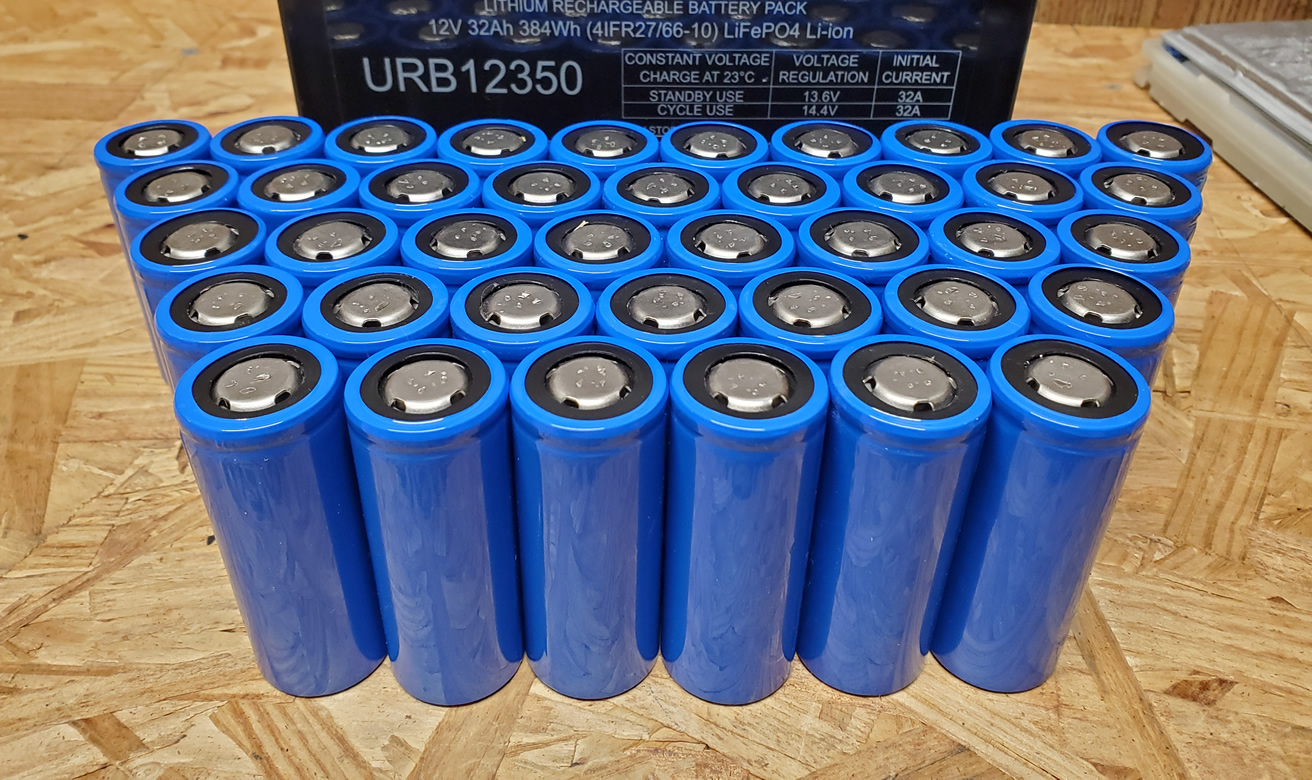Hi All
I currently have a 4kw solar system on the UK's old Feed-in-tariff plan. So the panels run through an inverter then to a production meter before going into my consumer unit. The UK government pays for me for electricity generated based on that generation meter. After that the electricity is free for me to use or export to the grid. Ihave had the system for 8 years and i've only recently started thinking of making more use of it. In the summer i'm generating and exporting lots of power then having to buy it back in the evening.
My first step in making more of the power was to build my own power diverter for my immersion heater. The off the shelf solutions seemed fairly pricey and i wanted a solution that gave me good date on what my solar system was doing. This led to me installing a Shelly EM to monitor import/export and solar production. I've hooked up a PWM voltage controller to my immersion heater and i control it with a Shelly uni based on the EM reading.
This got me thinking, could i not use the same system to divert excess power to batteries? It seems the answer is not so straightforward and i've seen a thread on here i would like to add to so will go from there, but thought i'd say hello here first. There is so much info about the batteries available so i'm thinking that's the easy bit. Getting a setup that will charge based on my requirements seems to be the challenge.
Ideally i'd like to go in 3 phases to build confidence:
Phase 1 would be about 5kwh just so that excess i generate in the summer days can be used in summer evenings.
Phase 2 would be about 10kwh so i can purchase off peak electricity during the night and supply my electicity needs during the winter days
Phase 3 (maybe over-reaching) is about 25kwh so that i would store enough off peak energy to run an air source heat pump instead of using a gas boiler
So that's me and why i'm here. Like i say i'll be posting in another thread or 2 but very happy to hear if anyone has similar requirements and how they achieved it.
Thanks
I currently have a 4kw solar system on the UK's old Feed-in-tariff plan. So the panels run through an inverter then to a production meter before going into my consumer unit. The UK government pays for me for electricity generated based on that generation meter. After that the electricity is free for me to use or export to the grid. Ihave had the system for 8 years and i've only recently started thinking of making more use of it. In the summer i'm generating and exporting lots of power then having to buy it back in the evening.
My first step in making more of the power was to build my own power diverter for my immersion heater. The off the shelf solutions seemed fairly pricey and i wanted a solution that gave me good date on what my solar system was doing. This led to me installing a Shelly EM to monitor import/export and solar production. I've hooked up a PWM voltage controller to my immersion heater and i control it with a Shelly uni based on the EM reading.
This got me thinking, could i not use the same system to divert excess power to batteries? It seems the answer is not so straightforward and i've seen a thread on here i would like to add to so will go from there, but thought i'd say hello here first. There is so much info about the batteries available so i'm thinking that's the easy bit. Getting a setup that will charge based on my requirements seems to be the challenge.
Ideally i'd like to go in 3 phases to build confidence:
Phase 1 would be about 5kwh just so that excess i generate in the summer days can be used in summer evenings.
Phase 2 would be about 10kwh so i can purchase off peak electricity during the night and supply my electicity needs during the winter days
Phase 3 (maybe over-reaching) is about 25kwh so that i would store enough off peak energy to run an air source heat pump instead of using a gas boiler
So that's me and why i'm here. Like i say i'll be posting in another thread or 2 but very happy to hear if anyone has similar requirements and how they achieved it.
Thanks




